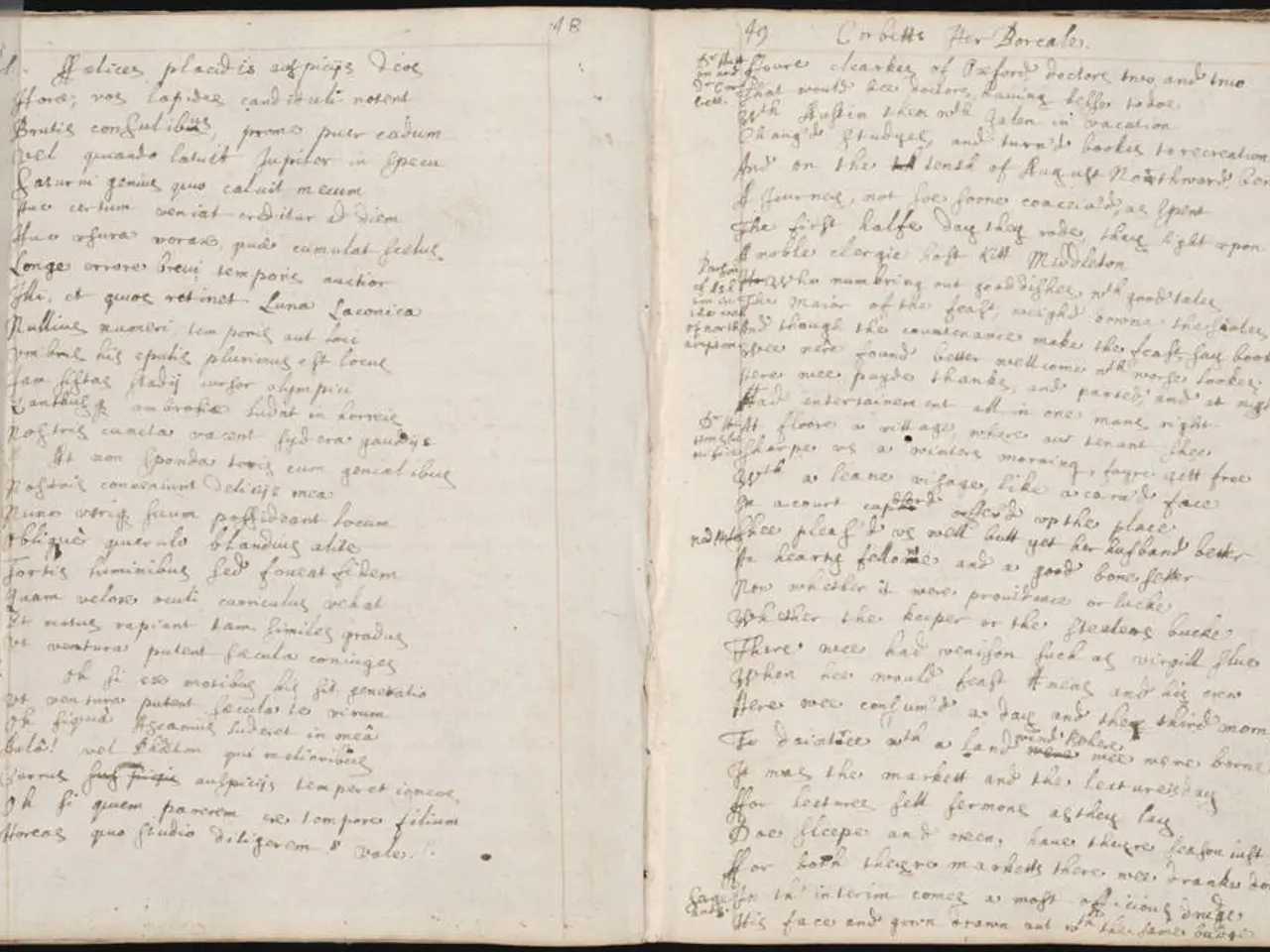Exploring Now: The Revealed Secrets Behind the Contemporary Preferred Writing Strategy
In the realm of writing, the present tense has proven to be a compelling choice for novelists and short story authors alike. This grammatical form, used to describe actions taking place now or actions that have already been completed, offers several benefits that can significantly enhance a narrative's impact.
One of the key advantages of the present tense is the sense of intimacy and immediacy it creates. By placing readers directly within the action as it unfolds, this tense can foster a close relationship between the reader and the narrative. This is particularly effective in short fiction, where the story needs to move swiftly towards a climax or turning point.
Moreover, the present tense allows for a focus on the "now," making it ideal for stories that wish to emphasize the current moment. This direct and engaging narrative can draw readers in, immersing them in the world of the story.
However, writing in the present tense does present some challenges. Maintaining consistency throughout the narrative can be difficult, especially in longer works. Explaining past events without shifting into past tense can also be tricky, requiring the use of phrases like "he has been doing this for years" instead of "he did this for years."
Another potential drawback is reader fatigue. The constant present tense can be tiring for some readers, who may find it less engaging than narratives in past tense. To avoid this, it's crucial to manage the use of the present tense carefully.
To effectively write in the present tense, writers should maintain consistency throughout the narrative, use present participles and continuous tenses to describe ongoing actions, plan their story before starting, and read and edit their work carefully to ensure the present tense feels natural and immersive.
Many celebrated works have been written in the present tense, including "Rabbit, Run" by John Updike, "The Hunger Games" by Suzanne Collins, "Bleak House" by Charles Dickens, and "Dead Girls Can't Tell Secrets" by Chelsea Ichaso. These novels demonstrate the versatility and power of the present tense in creating engaging and immersive stories.
Whether you're a seasoned writer or a budding author, understanding the benefits and drawbacks of the present tense, and applying the strategies for effective use, can help you harness its power to craft compelling narratives.
The publisher of a captivating home-and-garden book might consider the benefits of writing in the present tense to captivate readers, immersing them in the current transformation of a garden, thus fostering a close relationship with the narrative. Meanwhile, to market the book efficiently, they could place Amazon ads, displaying the book cover and a short blurb on the lifestyle section of the platform, inviting readers to experience the immediacy of bringing new life to their own gardens.




